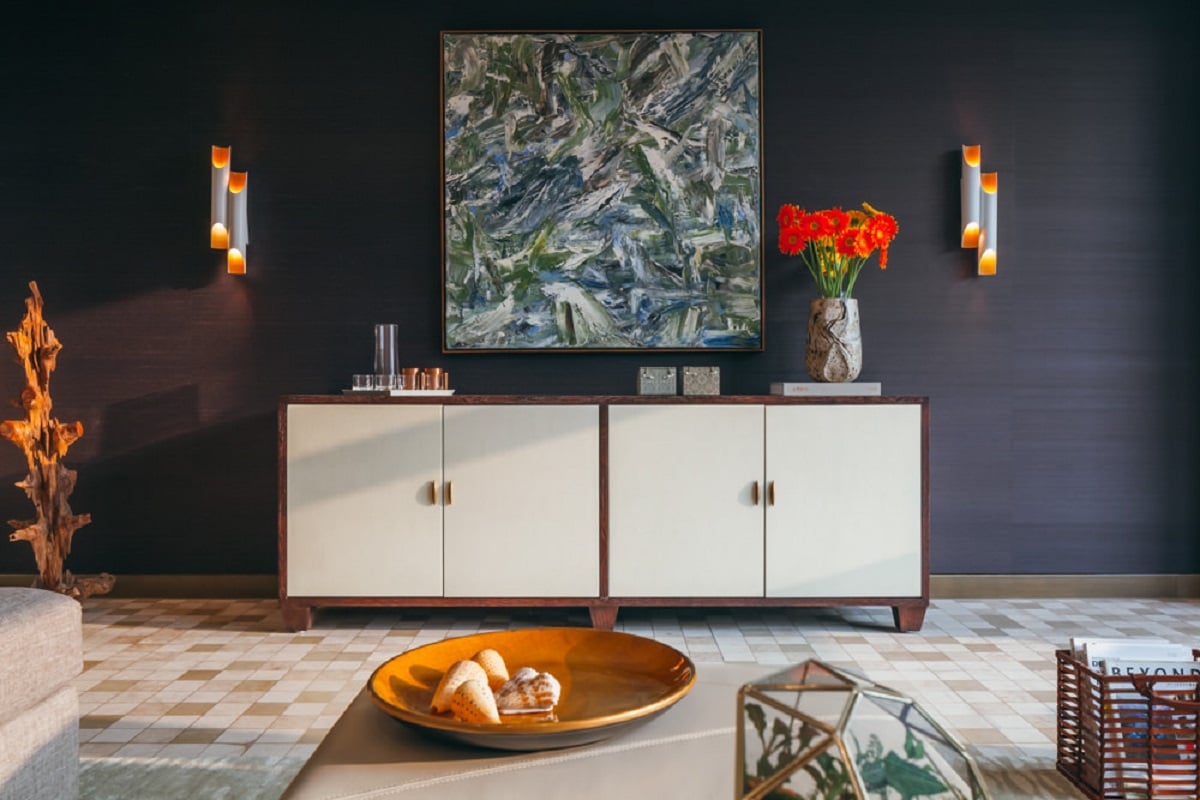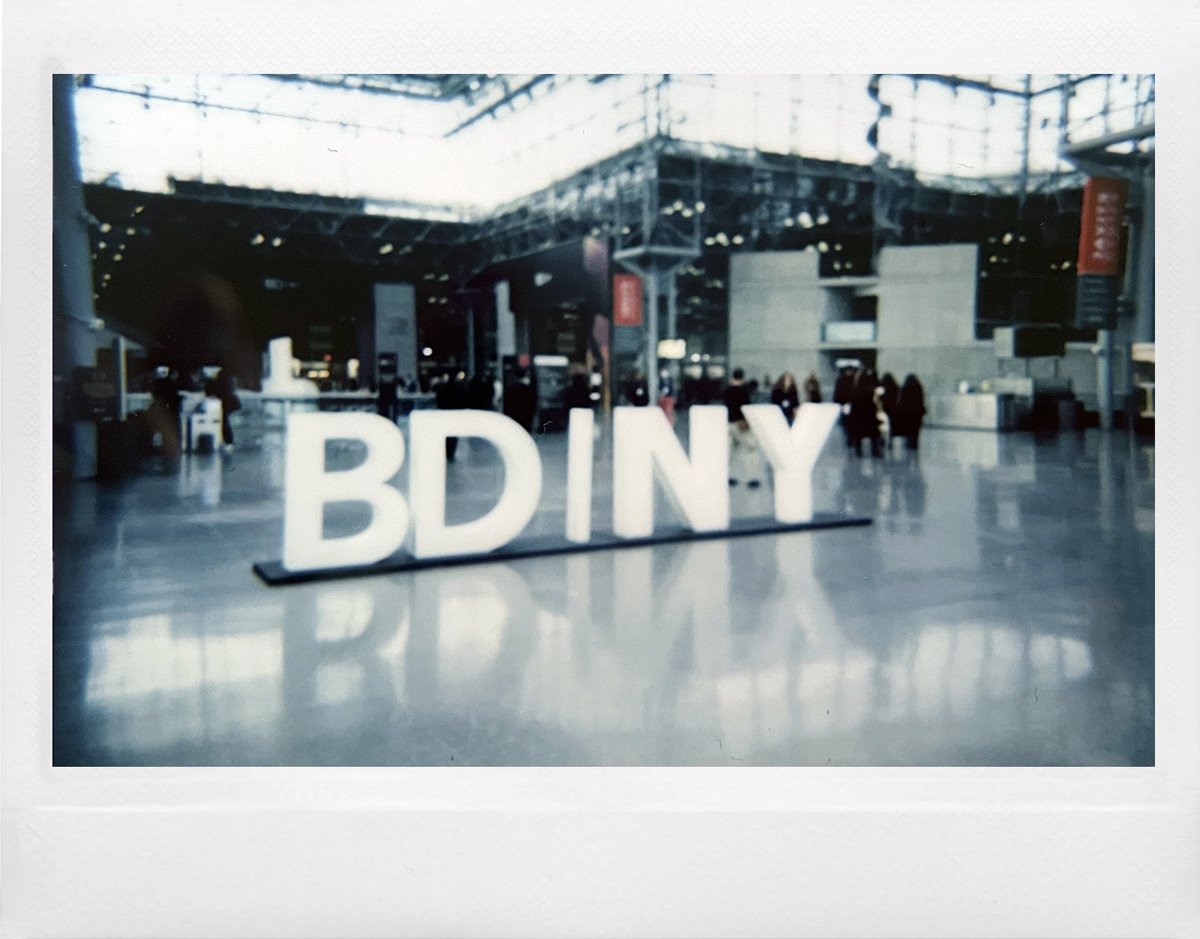What am I selling? An original? A license? Categorizing your work accurately is important. It allows buyers to understand what they are buying and you to understand what you are selling. To make this process clearer, we’ve outlined some information on the way, we at Indiewalls, categorize artwork.
ORIGINALS & LIMITED EDITION PRINTS
Simply, an original is an artwork that you have produced.
Whether it is a painting, a drawing, or a mixed media collage, you are offering a piece conceived and produced by you.
An Original refers to a unique one-off piece or hand-pulled print edition from an artist’s own hand — i.e., an oil painting, wall sculpture, etching, drawing, or silk screen print. Originals are made by hand, not machine driven processes like giclee.
The exception to this rule is for Photography or Digital Media works. In these cases there is never an Original as described above. If you select Digital Media or Photograph, we give you the option to choose between Limited Edition Print (which is the original for these works) and Licensed Print.
What exactly are you pricing?
The artwork price that people see when visiting the site is the retail price, which includes your artwork fee and Indiewalls’ 40% commission.
When pricing an Original, look at the listed “Artist Net” to ensure that you’ll receive your expected amount. For example, if you price and sell an original at $100 retail, your Artist Net will be $60, or 60%.
The listed sale price (retail price) does not take into account packing and shipping costs. When you sell an Original, Indiewalls manages these costs separately.
LICENSED PRINTS
When you select licensed print you are allowing Indiewalls to produce the work under agreed on parameters.
These parameters are laid out in a contract that we will send you when a piece is purchased. They include the size of the prints, the quantity, and the name of the artwork. Outside of these parameters, we are not allowed to print your work without written consent and discussion.
You, the artist, retain full ownership of the work and the image. These reproductions do not affect the original, remove it from your portfolio, or limit your ability to use it.
Logistically, licensing means that when a piece is purchased you send us a high-resolution digital file, which we then print using the method requested by the buyer. Print substrates are usually determined by Indiewalls and the client, but we always appreciate artist feedback or suggestions.
What exactly are you pricing?
You are pricing the print of one reproduction from a digital file.
Your listed licensing fee is the retail cost per unit, which includes your share and Indiewalls’ 40% commission. If you price an image license at $100 retail, your share per print would be $60, or 60%.
A license allows artists to sell work at a range of sizes and price points. The XS to XL sizes are based on the original aspect ratio of the file you have uploaded.
Prices for licenses tend to be lower than for originals. Bulk print quantities often entail lower license fees per unit but come with higher full artist nets. However, the price that you set on the site should only be for a single use license. If and when a buyer asks for higher quantities, we will reach out.
When a Licensed Print is sold, we handle all the costs and processes associated with printing, framing, packing and shipping; therefore, the price you list will not be the total retail price that the buyer sees.
Originals and licenses serve different purposes within the art market and an individual artist’s’ practice. Hopefully this post helps you better understand what you are pricing and selling on Indiewalls.




